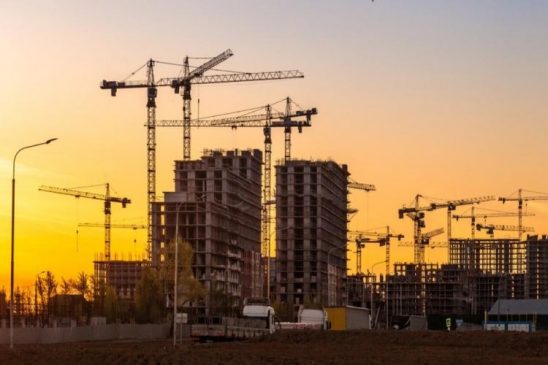While Kolkata remains the most affordable residential market in India among the top seven cities, it is likely to maintain its top billing through 2023 and 2024
The affordability for home purchases is expected to improve for the better in 2024, based on the expectation of a 60-80 bps repo rate cut during the year, said JLL’s report on the Home Purchase Affordability Index (HPAI). This will keep buyers’ affordability within a very comfortable range and sustain the momentum in the market over the next year as well, it added.
Read More: Office Rental Rises 7% In Top 7 Cities, Chennai Registers Highest Growth: Report
JLL Home Purchase Affordability Index (HPAI) signifies whether a household earning an average annual income (at an overall city level) is eligible for a housing loan on a property in the city, at the prevailing market price.
In 2023, while India wasn’t fully insulated from global shocks, improving domestic inflation levels and India’s economic growth outpacing the rest of the world gave enough headroom to the central bank to maintain status quo through a large part of the year. The response from the residential markets was spectacular, as sales for the first nine months of 2023 rose to ~90% of the full-year figures of 2022, the report highlighted.
The affordability levels for home purchase in India saw a decline in 2022 for the first time in a decade having hit peak affordability levels in the previous year. Global recessionary winds and rising interest rates saw India’s central bank raising the repo rate by 225 bps from May till December 2022. And a further 25 bps hike was done in February 2023.
Read More: 1.3 L housing units to be launched in Hyderabad in 3 years
The strong residential price growth over the past 12 months amid sticky interest rates did weaken affordability levels but didn’t act as a momentum-inhibitor, said the report.
Siva Krishnan, MD and head of residential services, India, JLL, said, “Despite residential price hikes being sustained in 2023, better economic and job prospects and healthier income growths compared to 2022 have led to a relatively minor dip in affordability in 2023. In fact, affordability levels remain much above the pre-COVID and worst affordability periods for all cities, clearly highlighting the headroom for market growth to continue.”
Affordability was at its lowest in 2013 before rising on a sustained basis through 2014 to hit optimal levels in 2021. In fact, barring Hyderabad, one couldn’t buy a full 1,000 sq ft apartment in any of the top seven cities with the requisite budget and home loan amount in 2013.
Mumbai became an affordable market with its threshold hitting 100 in 2021. It has since slipped below the threshold value of an affordable market but is likely to retain its current affordability and even slightly improve upon it in 2024.
Read More: APAC Commercial Real Estate Boom Set For 2024, Fueled By Private Investment: Report
Kolkata, Pune and Hyderabad to remain most affordable
While Kolkata remains the most affordable residential market in India among the top seven cities, it is likely to maintain its top billing through 2023 and 2024. Pune is expected to follow along with Hyderabad, with relatively better HPAI scores in 2024 and 2023 remaining similar to 2022 levels. All cities will remain lower than their highest affordability levels seen in 2021, but much higher than their previous lows. Thus, they are likely to see robust market activity prevail to the end of 2024.
Dr. Samantak Das, chief economist, and head of research and REIS, India, JLL, said, “On our prediction of a 40 bps interest rate cut, affordability is expected to be better and second only to the 2021 peak affordability levels. This would continue to support the residential markets’ run. In fact, even no change to current interest rate levels would keep affordability at the same levels or improve marginally in select markets, as incomes and economy both look to remain growth-oriented in the next year.”
“Economic activity aiding household income growth and an improvement in affordability through policy interventions has truly shown that demand elasticity will sustain over a prolonged period. The synchronisation between policymakers and market participants needs to sustain to ensure that the bull run continues,” he added.





































